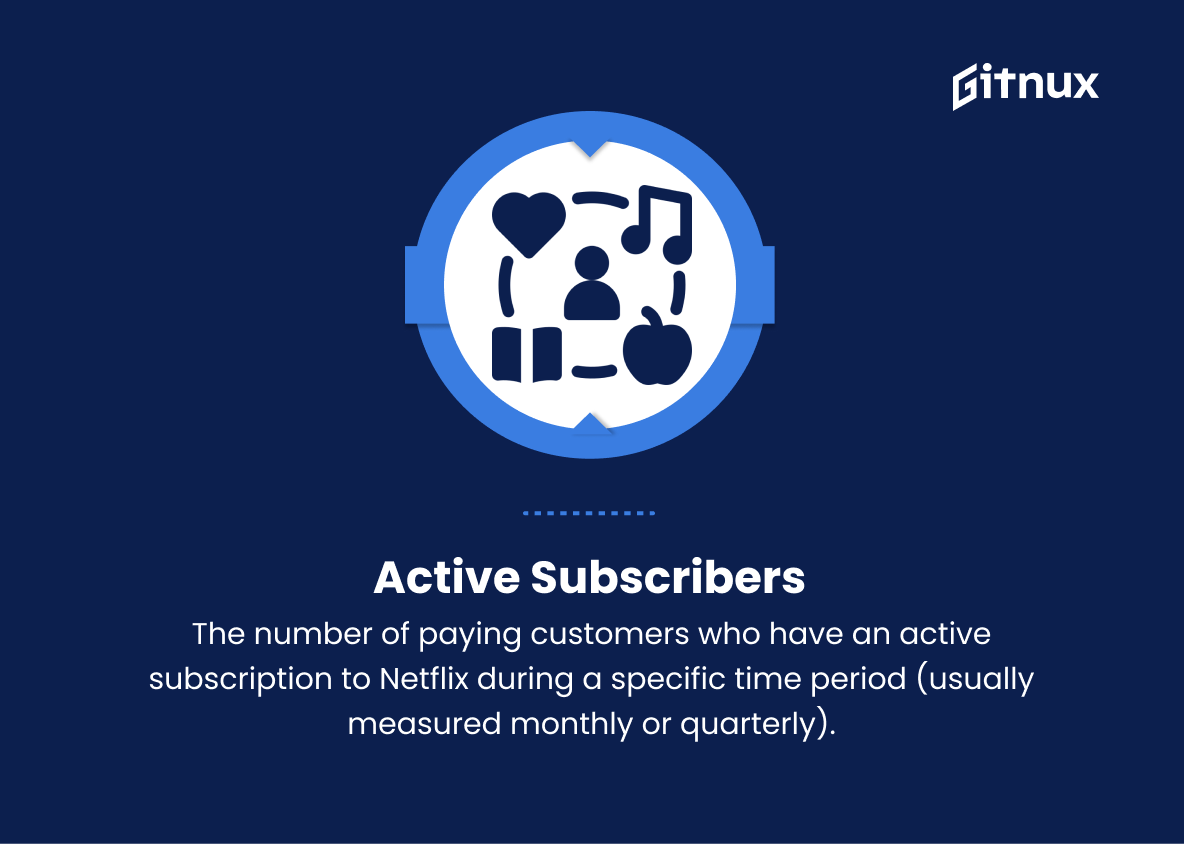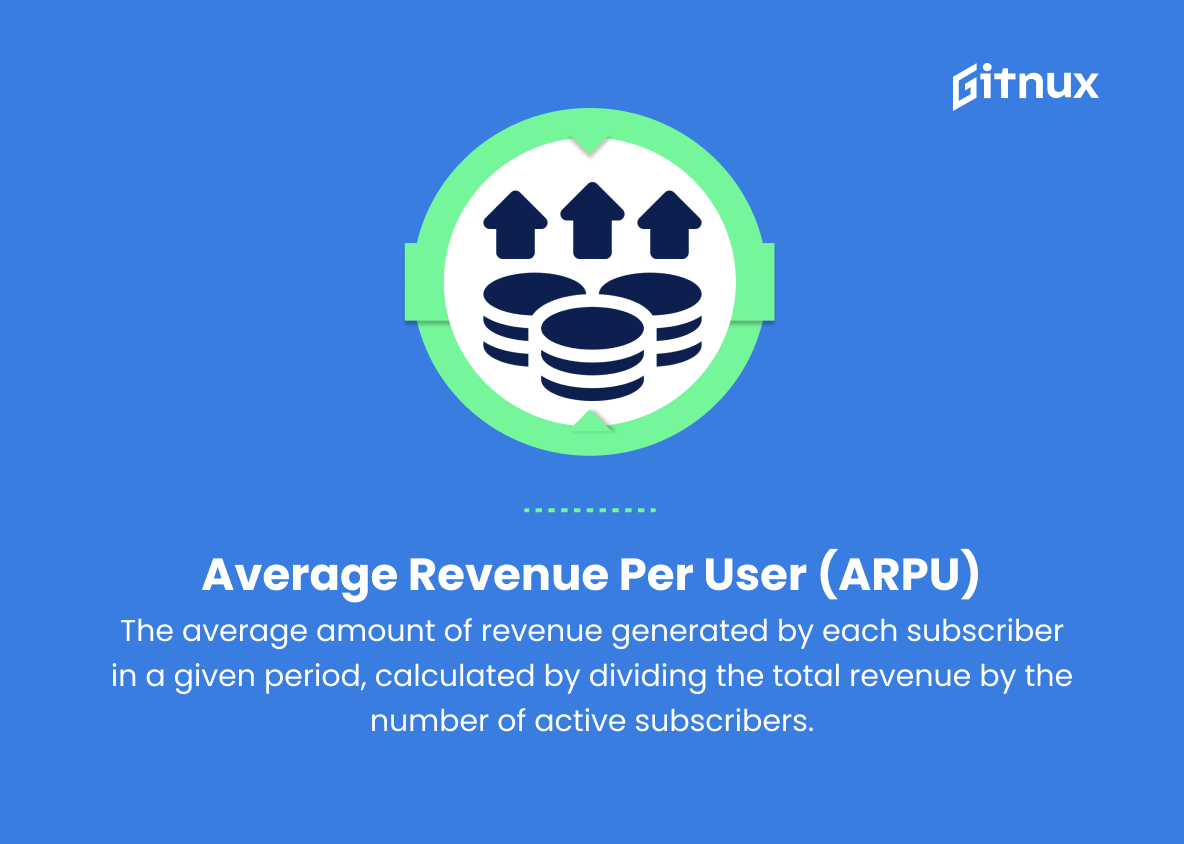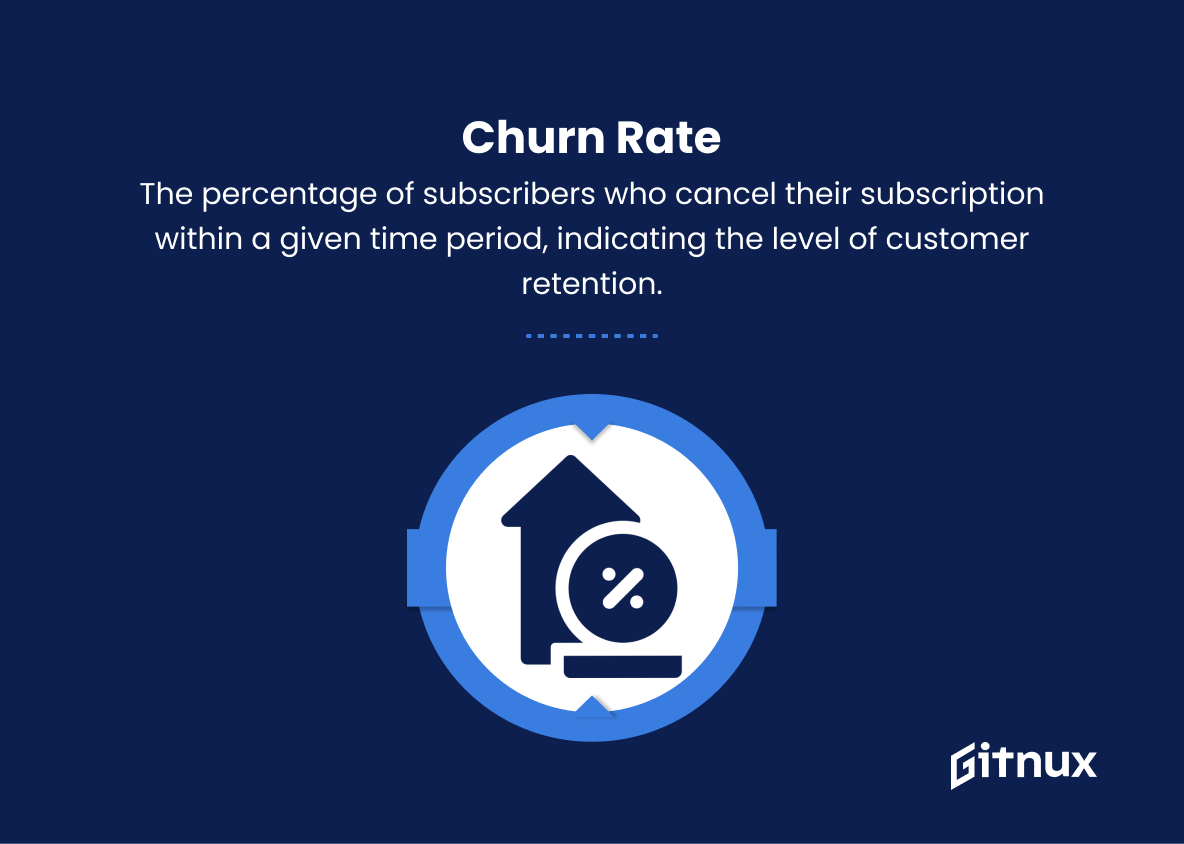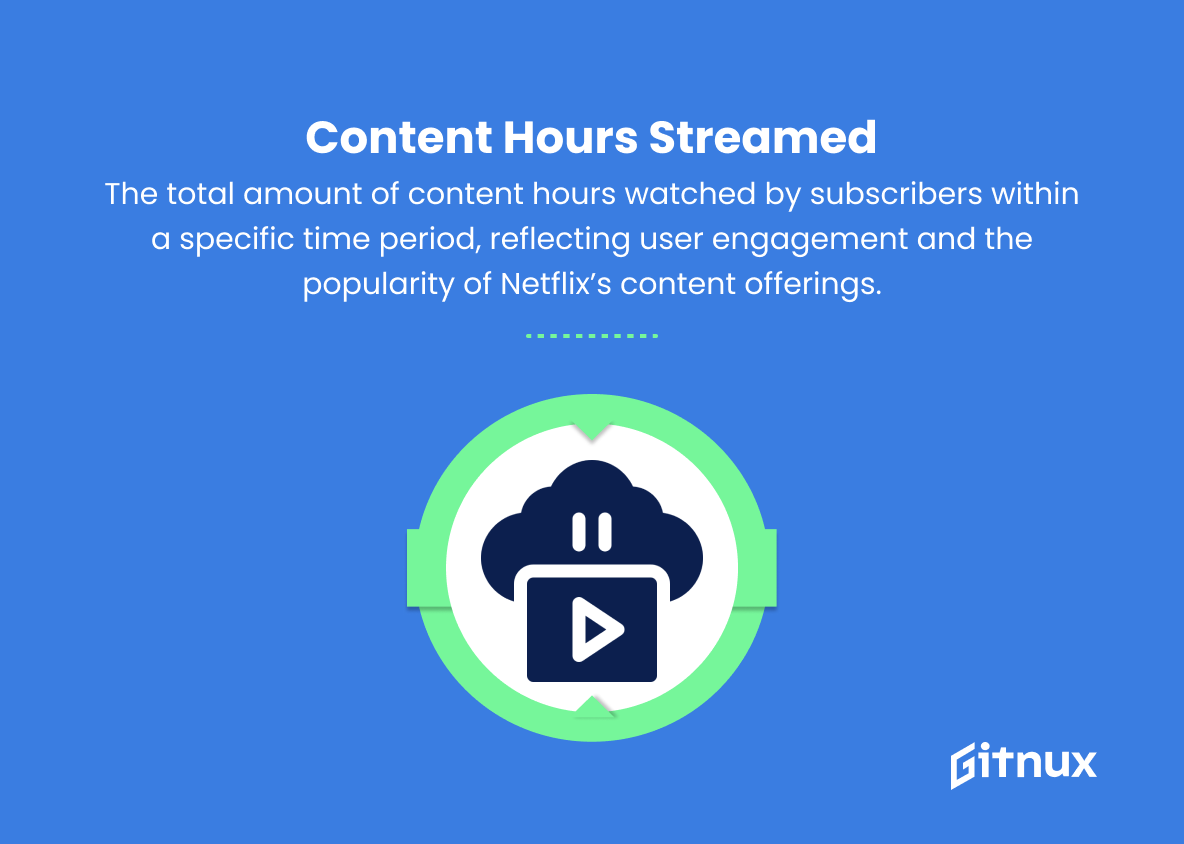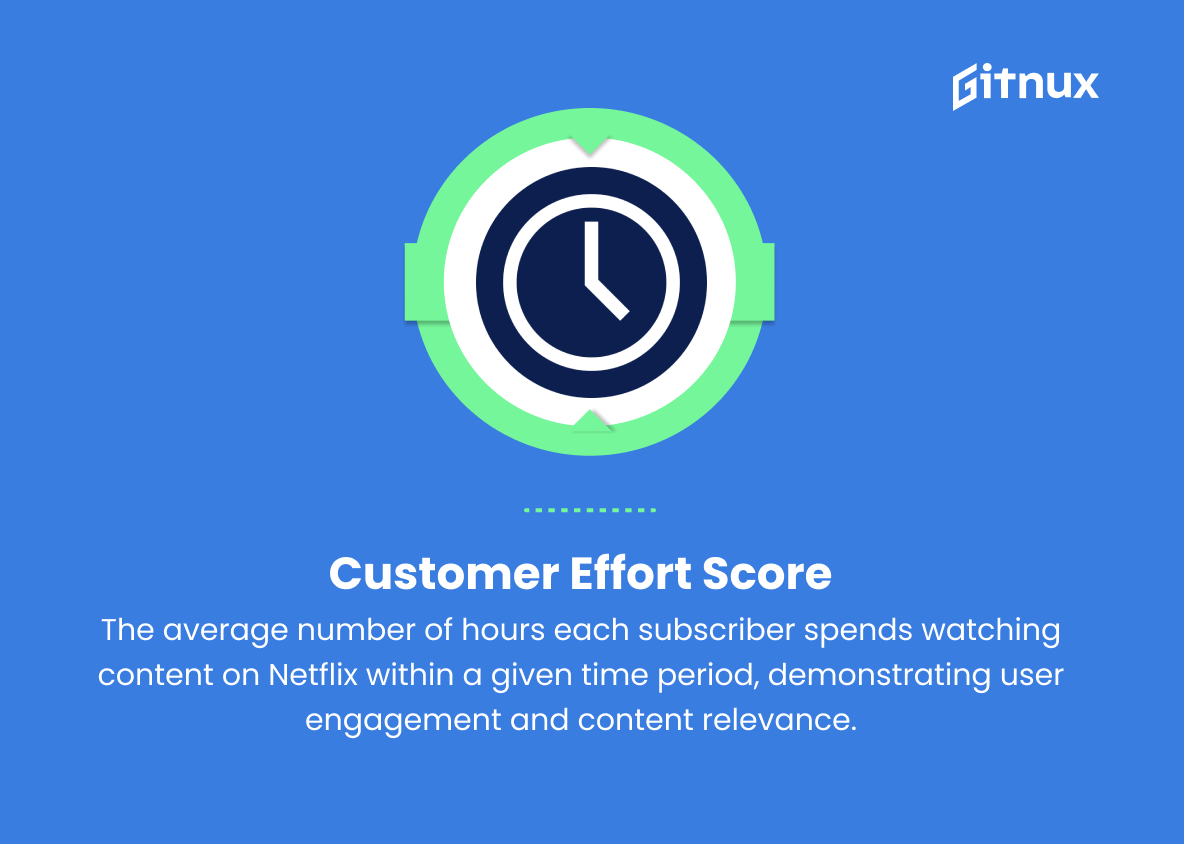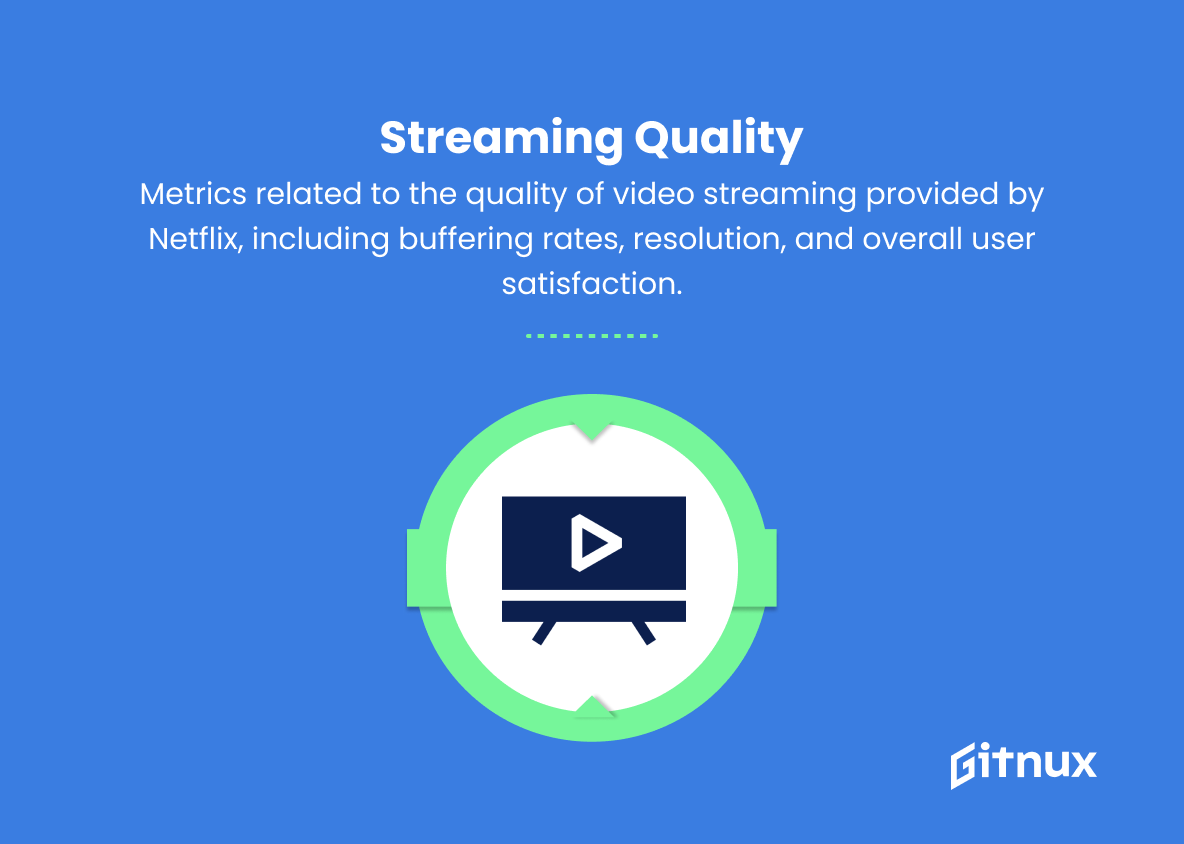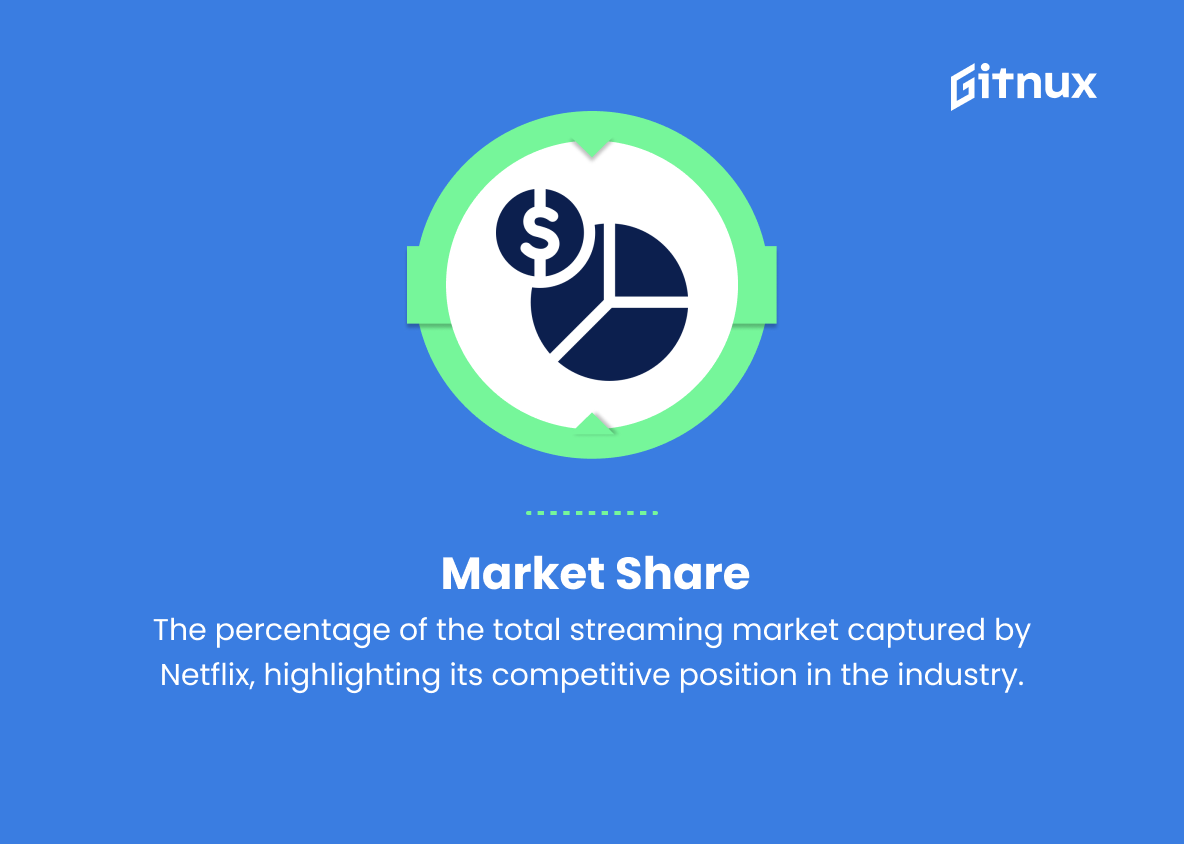In today’s data-driven world, it’s crucial for businesses to analyze their performance using quantifiable metrics that can provide valuable insights for making informed decisions. As one of the leading players in the streaming industry, Netflix is no exception. In this blog post, we will dive deep into the world of Netflix metrics—specific key performance indicators (KPIs) used to measure the platform’s success in reaching its strategic objectives and satisfying its subscribers. By understanding these metrics, we can gain a comprehensive view of how Netflix maintains its competitive advantage, identifies opportunities for growth, and anticipates market trends that impact not just the streaming giant, but also the overall entertainment industry as we know it.
Netflix Metrics You Should Know
1. Active Subscribers
The number of paying customers who have an active subscription to Netflix during a specific time period (usually measured monthly or quarterly).
2. Subscriber Growth Rate
The percentage increase in the number of active subscribers compared to a previous time period.
3. Average Revenue Per User (ARPU)
The average amount of revenue generated by each subscriber in a given period, calculated by dividing the total revenue by the number of active subscribers.
4. Churn Rate
The percentage of subscribers who cancel their subscription within a given time period, indicating the level of customer retention.
5. Customer Acquisition Cost (CAC)
The average cost incurred by Netflix to acquire a new subscriber, which includes marketing expenses, promotions, and incentives.
6. Content Hours Streamed
The total amount of content hours watched by subscribers within a specific time period, reflecting user engagement and the popularity of Netflix’s content offerings.
7. Original Content Production
The number of Netflix original titles produced and released within a given time period, showcasing the company’s commitment to creating unique, high-quality content.
8. Content Licensing
The sum of expenses related to acquiring content licenses for streaming on the platform, including deals with studios and other content providers.
9. Viewing Hours per Subscriber
The average number of hours each subscriber spends watching content on Netflix within a given time period, demonstrating user engagement and content relevance.
10. Device Penetration
The coverage of various devices (such as mobile phones, tablets, and smart TVs) on which Netflix is available, demonstrating the platform’s accessibility and reach.
11. International Market Growth
The expansion of Netflix into new global markets, measured by the number of international subscribers and the growth rate in those markets.
12. Streaming Quality
Metrics related to the quality of video streaming provided by Netflix, including buffering rates, resolution, and overall user satisfaction.
13. Customer Satisfaction
Metrics that evaluate subscriber satisfaction, such as user reviews, ratings, and feedback scores, showcasing the overall quality of the Netflix experience.
14. Social Media Engagement
The level of interaction between Netflix and its customers through social media platforms, reflecting the company’s marketing efforts and the popularity of shows and movies.
15. Market Share
The percentage of the total streaming market captured by Netflix, highlighting its competitive position in the industry.
Netflix Metrics Explained
Netflix Metrics play an important role in evaluating the company’s overall performance and success in the streaming industry. Active subscribers and subscriber growth rate are crucial for demonstrating the company’s ability to attract and retain customers, while average revenue per user (ARPU) highlights the revenue generated from each subscriber. Churn rate and customer acquisition cost (CAC) are essential in understanding Netflix’s customer retention and the efficiency of marketing efforts. Content hours streamed and original content production display user engagement and the platform’s dedication to providing quality content.
Content licensing showcases Netflix’s investment in acquiring rights to stream various shows and movies. Viewing hours per subscriber and device penetration indicate the level of user engagement and platform accessibility, while international market growth highlights the company’s ongoing expansion efforts. Streaming quality and customer satisfaction are valuable in evaluating the user experience provided by Netflix. Social media engagement represents the popularity of the company’s content and marketing initiatives, and finally, market share signifies Netflix’s competitive positioning within the streaming industry.
Conclusion
In summary, understanding Netflix metrics is crucial for creators, marketers, and analysts alike, as it offers valuable insights into the ever-evolving entertainment landscape. By closely examining key success indicators such as viewership, audience retention, and preference data, stakeholders can make better-informed decisions for future content and promotional strategies. As the streaming giant continues to shape and adapt to the demands of an increasingly diverse and discerning audience, monitoring and analyzing Netflix metrics will remain an essential tool in the ongoing pursuit of entertainment excellence.
